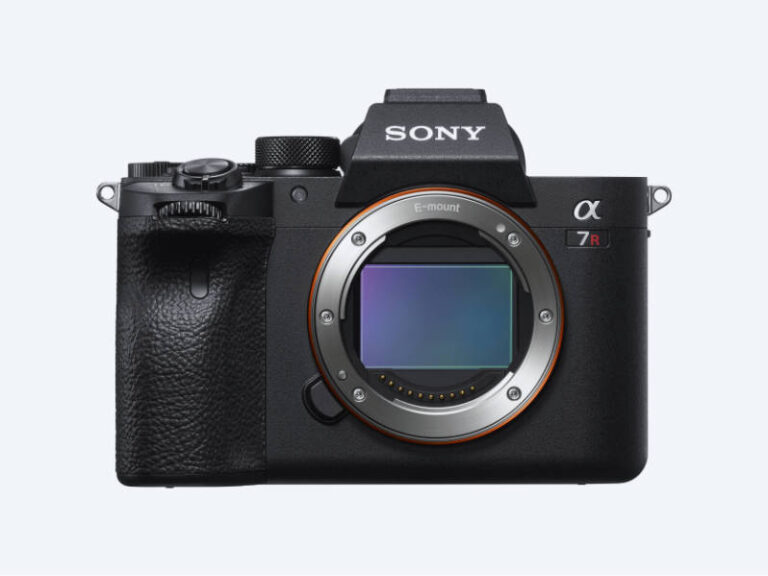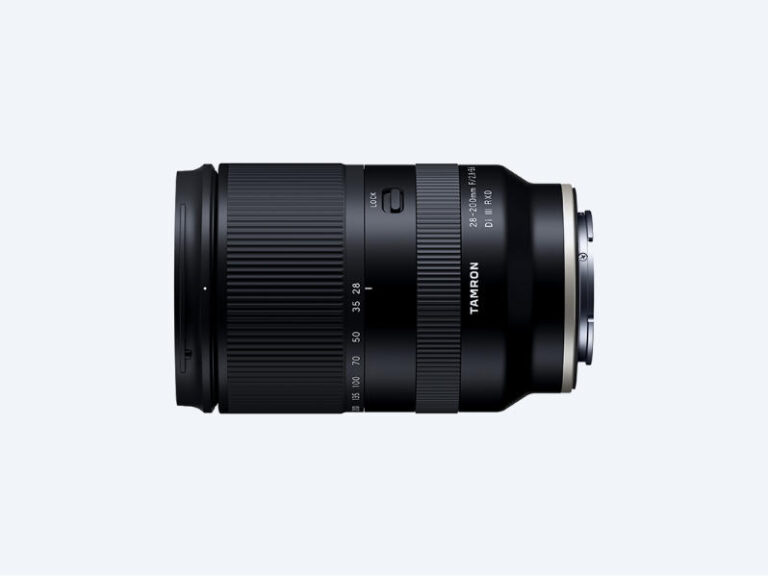The intention was a family holiday to take a break from the recent heavy workload, and take some holiday snaps along the way. We found ourselves down in a place called Currarong, south of Sydney in a house very near to the beach and I decided to capture birds in flight.
I had just bought the Sony 200-600mm for the purpose of bird photography, but left it at home as I had also just purchased the Tamron 28-200mm travel lens and wanted to force myself to use only that one lens, to see if it delivered on the promise of being the best choice for Sony shooters right now.


